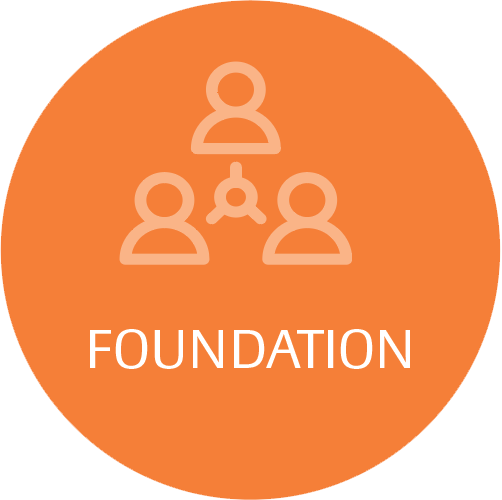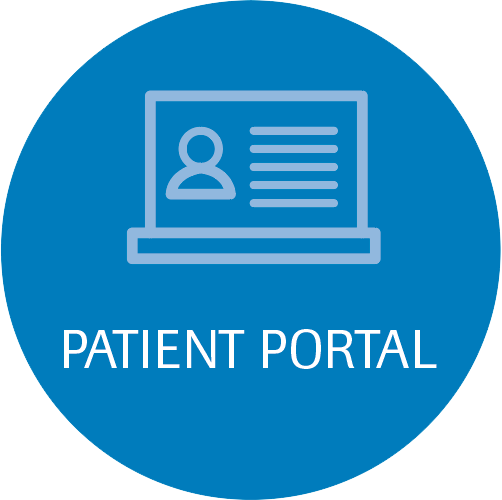What is a Cardiac Calcium Scoring CT and what does it do?
A Cardiac Calcium Scoring CT is a noninvasive CT scan performed to detect and measure the severity of cardiac calcifications and coronary artery disease.
Who performs the test?
The exam itself is performed by a Radiologic Technologist RT (R). These technologists are nationally registered with the A.R.R.T. (American Registry of Radiologic Technologists) and licensed through the state of Florida in the use of diagnostic equipment and procedures. Also, the technologist performing your CT scan has additional CT specific training and registration.
Where does it take place?
CT scans are performed in the hospital radiology department.
How long does it take?
Average person 10 –15 minutes.
What can I do to make it a success?
Please bring your orders with you when you arrive for your scheduled appointment. Be sure to follow any preparatory instructions you were given.
You can help assure a successful, comfortable procedure by carefully following the instructions of your physician, the radiologist and the radiologic technologist. Be sure to answer any questions they may ask about your general health. For example, tell them if you are pregnant, diabetic, and/or have in allergy to foods or medications.
What should I do before the exam?
It is recommended that you wear loose, comfortable clothing for the exam. To reduce the risk of valuables being lost, it is recommended that jewelry and pins be removed prior to entering the exam room or simply left at home.
No caffeine or strenuous exercise 24 hours prior to your exam.
What happens during the exam?
You will be asked to lie down on a table attached to the CT scanner. The scanner itself is a large doughnut shaped machine with a large hole in the middle that the table will slide through. You will lie on your back with your head on a cushion, with your feet pointing toward the scanner. The technologist will apply electrodes (sticky patches) to several areas on your chest that connect to a monitor for measuring your heartrate during the scan.
Once these are in place, the technologist will then take preliminary scans of the area in question. These are called scout images and are used to map the area for testing. During this, you will feel the table move, but you will not be touched. The scanner will, with recorded messages, ask you to take a breath before each scan, and hold it for the duration of the scan. For some patients, the amount of time for the breath hold is extremely difficult and we will not ask more than you are capable of.
Once the technologist completes the scout images, he or she will proceed with the primary exam. Images will then be obtained. The table will again move, with the only difference being a slightly longer scan time. It is important that during this scanning you remain as still as possible so that the scanner may get the best possible images. This will help to insure the most accurate diagnosis possible.
When the scans are complete, the table will be positioned out of the scanner and you will be allowed to sit up.
What happens after the exam?
The Radiologist will review your exam and relay his findings to your physician. This usually takes 1-2 days.
Contact Information:
Hospital (main operator): (850) 526-2200
Nuclear Medicine Department (at hospital): (850) 718-2584
Radiology Department (at hospital): (850) 718-2580





